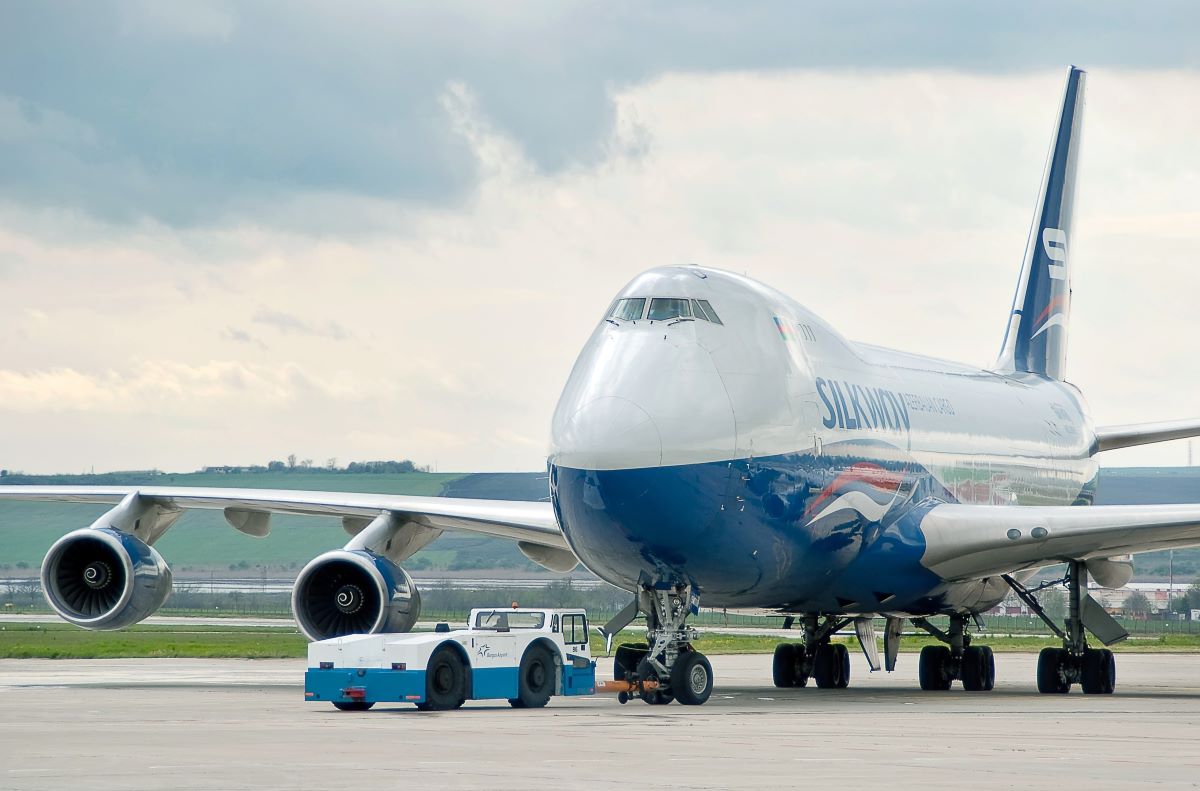Ground handling companies play a critical role in the aviation industry. They are responsible for providing a wide range of services, including marshalling, cleaning and baggage handling. These services are essential for the smooth functioning of airports and airlines. However, ground handling companies are facing a substantial number of challenges, especially with regards to the Ground Support Equipment (GSE). Konradas Dulka, Product Director at Sensus Aero, a new-gen software solution for the aviation industry, examines some of the problems that ground handling companies are facing with their GSE.
Cost of GSE
One of the main challenges that ground handling companies are facing is the cost of acquiring and maintaining GSE. GSE can be very expensive, and ground handling companies often have to purchase large quantities of GSE to meet the demands of their customers. Additionally, the cost of maintaining GSE can be significant due to constant need of maintenance and repairs to maintain them in good order.
Safety Concerns
Another significant challenge ground handling companies face is safety. GSE can be quite dangerous if not operated correctly and one incident can have a massive impact on business and especially future insurance costs. Ground handling companies are responsible for the proper employee training and that the equipment is maintained to the highest standards. Failure to do so can result in accidents that can cause injury or even death.
Environmental Regulations
There is also pressure on ground handling companies to comply with environmental regulations. GSE can have a significant impact on the environment since often ground handling is still using old and poorly maintained equipment. Airports are introducing strict regulations to reduce CO2 and noise levels. In some cases, ground handling companies must comply with these regulations or face fines.
Competition
The aviation industry is highly competitive and though each company may have its own strategy and good value proposition, they must offer high-quality services at competitive prices. Many companies are finding it difficult to compete or enter new markets, as larger companies have advantage in resources and economies of scale.
Technological Advances
One more challenge to face for ground handling companies is technological advances. New technologies are being constantly developed, which aim for improving efficiency and safety of GSE. The big issue is that these technologies can be expensive to implement and ground handling companies must find a balance between investments and remaining competitive. Additionally, employees must be retrained, and, in some cases, processes must be changed to utilize efficiently these new technologies.
Control
With larger numbers of GSE emerges a challenge on how to efficiently control all your fleet. As we know, maintaining this equipment is vital to ensure safe and efficient ground operations. Here are some ways how software can help with GSE management:
- Automated Maintenance Scheduling can automate the scheduling of maintenance tasks for GSE. This includes tracking when equipment is due to for routine maintenance, as well as scheduling preventative maintenance tasks to avoid equipment breakdowns. The software can also send alerts when maintenance is due, making sure that tasks are not overlooked or delayed.
- Work Order Management can be used to create and manage orders for GSE maintenance tasks. This involves tracking the status of work orders, assigning tasks to mechanics and monitoring progress. Work Order management helps to ensure that maintenance tasks are completed in a timely manner.
- Inventory management can also be used to manage GSE inventory. This includes tracking the availability of spare parts and supplies, as well as usage levels. By tracking inventory levels, maintenance teams can ensure that they have the necessary parts to complete maintenance tasks.
- Reporting, Analytics and BI can generate detailed reports and analytics on GSE maintenance. This includes equipment downtime, maintenance costs and asset utilization rate. This serves as a quick snapshot of where organization is and can be used to identify areas for improvement and process optimization.
- Checklist management will close the full cycle of maintenance, as it offers on-field checklist management for not only daily checklists, but technical and even pressure as well – all depends on the equipment type. Here we can concentrate more on checking each day the GSE health status and identifying quickly the issue. In additions, audits from 3rd parties are easy and without stress.
There are a lot of challenges now regarding GSE for ground handlers, however there are always ways to efficiently manage your fleet and business. By automating maintenance scheduling, managing work orders, inventory and providing reporting and analytics, we are certain that we can reduce the number of challenges, ensure better safety and ease the load on the employees.
